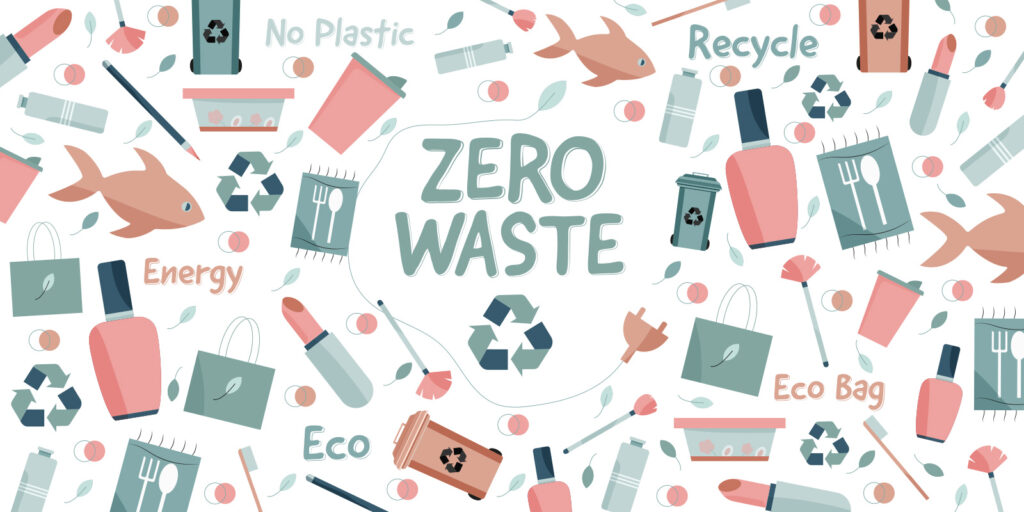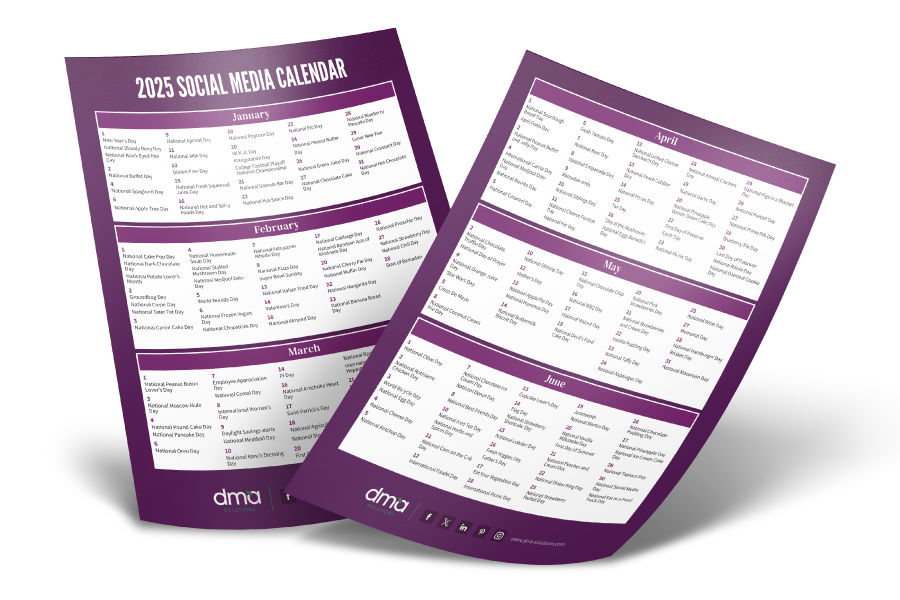We’ve been hearing it for years… the younger generations care more about sustainability. They have strong opinions about things like climate change, sustainability, zero waste, etc. Well, these generations are slowly taking over the majority of purchasing power, and to meet these growing demands, our marketing and storytelling need to adapt.
Consumers are holding brands accountable for positive change now more than ever. They believe that your business must be an involved party in protecting nature and natural systems. Did you know that 85 percent of shoppers indicated that they have shifted their purchasing behavior toward companies that value sustainability? More than a third of global consumers are willing to pay more for sustainability as demand grows for environmentally-friendly alternatives (Business Wire).
While this is powerful information, you might be wondering how that macro information can apply to your brand or how that would look in brands that look similar to yours. We’re sharing some of our favorite examples to give you a visual of effective sustainability storytelling.
Three Brands That Are Successfully Telling Their Sustainability Story
Bright Farms
You’re likely familiar with this brand with an increasingly strong presence in the fresh produce industry – Bright Farms. Understanding that sustainability is important to this brand, Bright Farms’ website does a great job of clearly leading with this message. One of the first messages you see is, “Clean & Conscious: We’re proudly pesticide-free and non-GMO.” This message is then reiterated all across their website as well as on an entire page dedicated to sharing each step of their sustainability practices.
Bright Farms mostly markets to the local regions around them, which gives them a unique opportunity to tell their sustainability story to the people it affects the most – their community!
Path
Another great example is a brand I love and enjoy, Path! Path is a company that has created a reusable aluminum water bottle to break “the addiction” of single-use water bottles. As you may have noticed by clicking the link to the Path website, the very first thing you see in large letters is “we are forging the path to end single-use plastic bottles”. This immediately tells me that sustainability is at the forefront of their company. While they may have the upper hand in telling their sustainability story since their brand was built around that, they strategically place short and powerful information throughout their simple website.
As you scroll down, you’re hit with another powerful reality that makes you think… “This is the planet that many of us have to live in for the next 50+ years.” They present the problem and follow up with their solution (images below), which is exactly how we recommend your messaging is structured in our blog post, 5 Common Storytelling Mistakes made by Marketers. Path is a great example of how to accurately and effectively tell your story.
Clif Bar & Company
Lastly, we’re sharing an example from a company that is well-known in the better-for-you space – Clif Bar & Company. If you are not familiar with this brand, they offer a wide variety of protein bars and drinks and have taken many measures to ensure their commitment to sustainability. On the Clif Bar website, you’ll see a program that allows customers to track where every ingredient in their products is coming from and detailing how they divert around 90% of their waste from landfills.
All three of these examples show a different way you can highlight your sustainability story. Does your company check all of the boxes? If not, let us help! Contact us so we can work together to develop your sustainability story to effectively reach your shoppers.
{{cta(’78d3fee5-7e8f-4f2a-b7d6-64eb5db8389f’,’justifycenter’)}}













